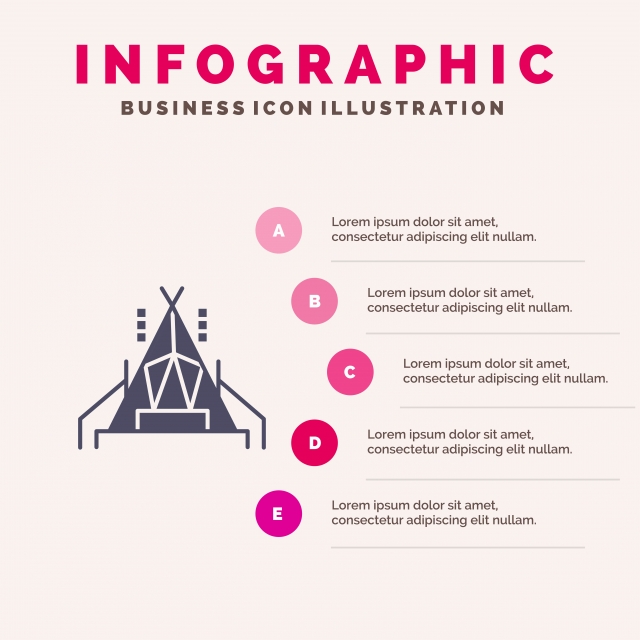Corner angles are very important elements in building and engineering jobs. They use toughness, durability, and versatility. They are likewise simple to set up and can endure different environmental elements.
Contractors use several kinds of angles to create solid, secure structures. Some of these angles are for aesthetic appeals, while others are utilized to enhance availability and function.
Stamina
The stamina of steel angles is essential for guaranteeing that frameworks are risk-free and can stand up to hefty lots. These parts can be made use of for a range of projects, from strengthening light beams and columns to producing frameworks for shelving and fence. They are additionally ideal for creating assistance structures in commercial settings.
Curved inside edges are a vital part of modern design and style, as they assist to distribute stress and anxiety evenly throughout the product. This can make a product more powerful and much less most likely to fracture or fall short, specifically in products such as glass, rock, and floor tile.
Spherical corners in rotomolded parts also aid to lower tension focus, which can bring about structural weaknesses and low quality. For this reason, Gregstrom Firm suggests that designers utilize rounded corners when producing rotomolded parts. These features will certainly boost the total quality of the completed item and aid to guarantee that the shaped part is solid, sturdy, and lasting. This will decrease the need for repair work or replacements over time.
Durability
Rounded inside edges are a crucial element of modern engineering and style, and they can dramatically boost the stability of structures made from stone or glass. They also aid to uniformly distribute tensile and compressive pressures, which lower the likelihood of breaking or damage.
These angles are vital to our everyday lives, making it simpler for us to move around in our surroundings. For instance, wheelchair ramps, stairways, and doorways are designed with precise angles to guarantee safety and security and accessibility. In addition, the appropriate angle is utilized in bridges and buildings to make certain architectural stability.
In geometry, an angle is the factor where 2 rays meet. It is likewise known as a vertex. The 4 corners of a square have an interior angle of 90 degrees. Nonetheless, the term is usually utilized to describe any type of type of edge. For example, in image frames, the leading and bottom rails need 45 level mitre cuts. This is because the board widths are different.
Adaptability
While the ideal angle is the most typical sort of angle, other types can develop distinct, functional, and aesthetically enticing structures. Whether you're developing a contemporary coffee table or an industrial-style home, utilizing different angles will aid you accomplish the preferred aesthetic.
You can utilize aluminum angle to make custom braces for safeguarding and strengthening your projects. These braces are light-weight and strong, so they can withstand hefty tons and tensions. They likewise come in a selection of shapes and sizes, making them a flexible choice for a wide variety of tasks.
Numerous modern structures use rounded inside edges to enhance architectural security and toughness. These rounded edges disperse tension throughout the structure to avoid weak spots and fractures. This is an important factor to consider for contractors and service providers, particularly when collaborating with heavy products like stone or floor tile. Producing a curved edge can also raise the lifespan of the product and lower upkeep expenses. It is essential to select the right angles for your task, and to make sure that they are correctly mounted to avoid any type of possible problems.
Cost
Bent inside corners are a vital part of modern style and engineering, as they play a critical shopping bag duty in increasing framework security and sturdiness. They additionally help reduce stress and anxiety distribution and lessen damage. Furthermore, they can improve the aesthetic allure of a framework.
The word "corner" usually, yet not always, refers to a 90 degree angle. In geometry, nevertheless, the term "angle" is in fact a point where 2 lines or sides fulfill (or converge). These points are called vertex, and they can be straight or curved.
Using a bent mitre in an image framework, for instance, needs mindful estimation. The mitre angle is based upon the size proportion of the board at each edge. If the boards are of equal size, then they will certainly each require a 45 level mitre. If the boards are broader, then they will certainly each need a various angle. This circumstance is common in custom-made structures, where the top and bottom rails are typically broader than the side rails.
